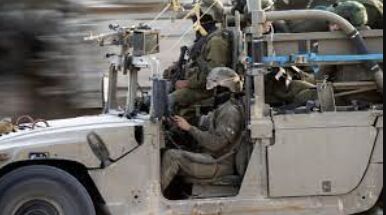Israel-Hamas Cease-fire Holds Strong as 17 More Hostages Released in High-Stakes Prisoner Exchange
In a major development, the fragile cease-fire between Israel and Hamas holds as more hostages are released in exchange for Palestinian prisoners. Negotiations continue amidst ongoing violence in the West Bank. This development could impact the trajectory of the conflict.
In a major development, the fragile cease-fire between Israel and Hamas has held for a third day as Hamas released 17 more hostages in exchange for 39 Palestinian prisoners. This brings the total number of hostages released to 44, with more expected to be freed. The released hostages include 14 Israelis and three foreign nationals, including the first American detainee to be freed from Gaza. Some hostages were handed over directly to Israel, while others left through Egypt. Negotiations are ongoing to extend the four-day pause in fighting, and more humanitarian aid trucks have entered Gaza, particularly in the northern areas of the enclave.
Israeli Prime Minister Benjamin Netanyahu has stated that the country is making every effort to return all the hostages. The truce agreement, brokered by Qatar, Egypt, and the U.S., has so far seen Hamas release 50 hostages in exchange for Israel releasing 150 Palestinian prisoners. However, there have been delays and uncertainties surrounding the hostage-prisoner exchanges. On Saturday, the second round of exchanges was delayed due to Hamas accusing Israel of not respecting the truce agreement. Eventually, 13 Israelis and four Thai citizens were released in exchange for 39 Palestinian prisoners.
A senior Red Cross official initially expressed doubts about the next round of releases but later clarified that the statement was not an indication that the exchange was doomed. In addition to the hostage-prisoner releases, there have been reports of continued violence in the West Bank, with eight Palestinians allegedly killed by Israeli forces. The situation remains tense as both sides grapple with the aftermath of the conflict. The releases and truce could potentially impact the trajectory of the war, with the United States potentially exerting pressure on Israel to scale back its military objectives. Overall, the releases and ongoing negotiations are a significant development in the Israel-Hamas conflict. They offer a glimmer of hope for a more extended period of peace and potentially pave the way for further diplomatic efforts to address the root causes of the conflict. However, the situation remains volatile, and uncertainties persist.




